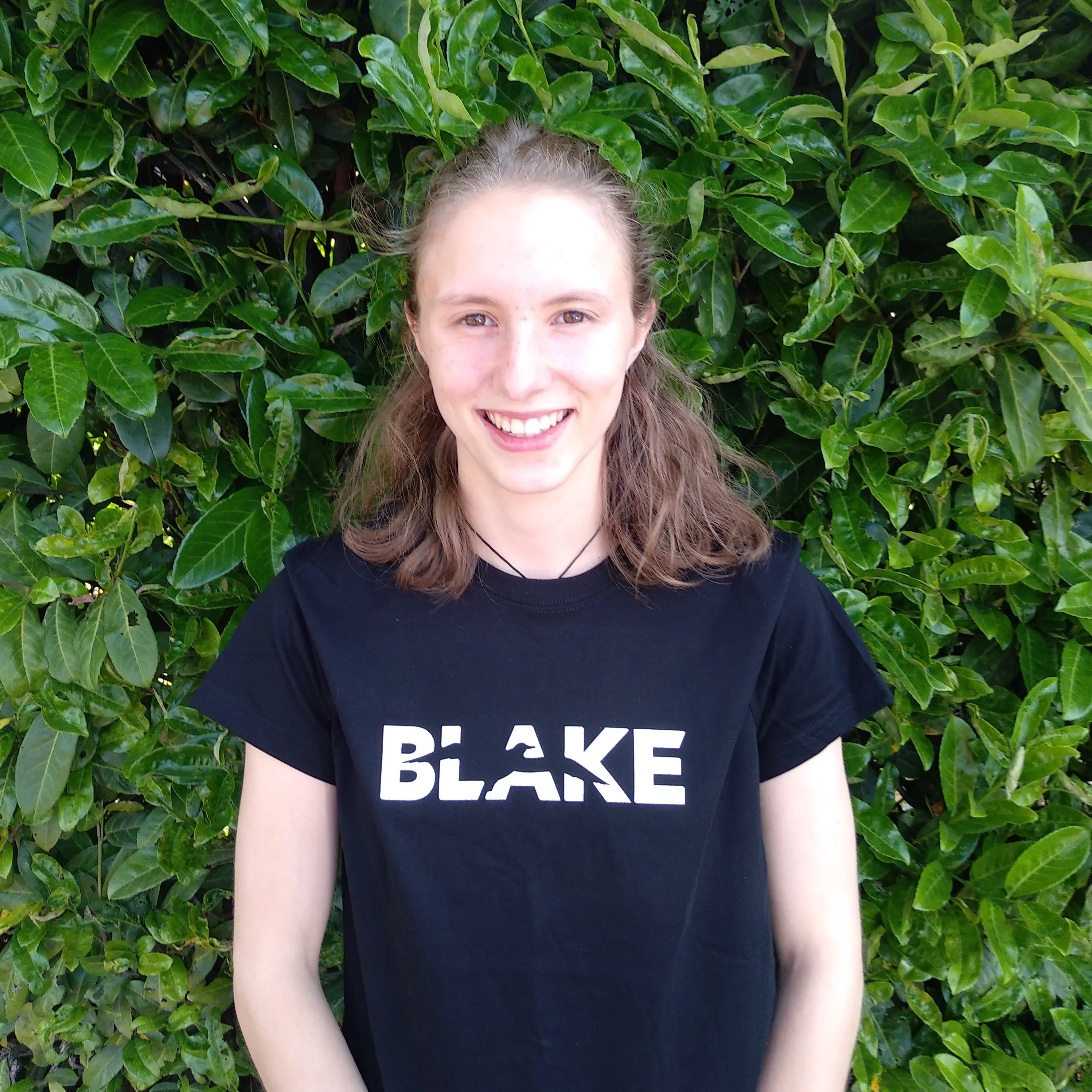Amy Burney BLAKE NIWA Ambassador – Atmostphere & Climate
My first of two weeks at the Greta point NIWA headquarters began with many inductions, introductions and lots of information. Hinrich Schaefer, who is taking me under his wing for the next weeks had a lot to say about the atmospheric carbon investigations done here at NIWA. His main research interest being carbon isotope investigation of methane.
Methane is an important greenhouse gas which although it has a short lifetime of 10yrs compared with other greenhouse gases has a stronger global warming potential ~30x over 100yrs than that of CO2 per molecule when present in the atmosphere. Emissions of methane have on average been on the rise, the plateau between ~2000-2006 got hopes up that the methane problem may need little further investigation however the rise since then suggests otherwise. The investigation into carbon isotopes can be used to determine the source of this methane with different ratios of isotopes (isotope signatures) depending on where the methane comes from. Methane released through biomass burning has 13C ratios related to that in air which is high in 13C while wetlands and agriculture have similar microbial processes which preferentially uptake 12C thus the ratio of methane emitted is swayed towards 12C, fossil fuels are somewhere in between with some isotope preference (fractionation). The change in slope direction of the isotopic ratio thus implies a change in methane source, potentially a shift away from fossil fuels to greater contribution from microbial sources.

Atmospheric methane mole fraction change with time, Baring Head.

13C/12C isotope ratio change with time, Baring Head
He also showed me round the lab on site where I learnt how methane is isolated from air samples to be investigated for isotope concentration and that although the same process can be used for ice cores a whopping 100L of gas is needed which with only 10% pore space in Antarctic ice, that’s a lot of ice!
My first day at lunch I met Sara Mikaloff-Fletcher who I learnt works on the modelling side of atmospheric research. She told me about the use of inverse modelling and wind data to track air parcels and determine where gases in the air being measured at a particular location came from and the potential processes that may have contributed to this composition based upon source location. Ultimately creating a top down picture of carbon sources and sinks.
Over the first few days I also met Peter Sperlich, who talked about the preparation of equipment required before their upcoming trip to Fiordland to investigate the CO2 uptake ability of the old forest in that area. NIWA’s research into old forest in Fiordland suggests that old forest may be more effective than new plantings for CO2 uptake which is contrary to the logic that younger forest has less decaying thus higher proportion of uptake to release of CO2. This may mean greater protection of these old forests is needed, their upcoming trip will hopefully determine if this is the case.

Apparatus for purifying methane from air for 13C and 14C measurments.

Keeling flasks for sample collection being ultra-dried using a vacuum system.
Peter also gave me the opportunity to leak check some stainless-steel pipes to be used to contain magnesium perchlorate to dry air during sampling. We didn’t find a single leak which shows the accurate welding skills of the engineer NIWA get to make these custom tubes.
As well as getting to know people another aspect of my time here at NIWA was helping with some data investigations specifically the 14C radiocarbon ratios for methane samples taken primarily from Baring Head and Arrival Heights in Antarctica. Specifically, to determine whether equivalent samples measured at different labs gave the same results and determine how similar samples taken from different sites were from each other, bringing more data together to give better top-down estimates of fossil fraction and nuclear production on methane in the atmosphere.

Δ14C site comparison
Later in the week I set off on a not so picturesque day to Baring head. Located across the harbor from Wellington and Greta point, Baring head is an important measurement station presently and historically being the site of the second longest continuously running CO2 measurement station in the world and home to many gas measurement and collection systems with a whole variety of uses. It also has systems to collect air samples for lab analysis automatically when the weather/wind conditions are right as well as being able to be activated remotely from the Greta point office with other samples taken on behalf of other research groups worldwide to form a network of samples able to be analyzed in unison.
Hinrich, again was in charge of showing me around, letting me help a little with general maintenance of the site; refilling the ethanol used for cooling, tightening the mast cables and checking the pressure of various gas tanks.
From an RNZ podcast talking to Dave Lowe who set up the site in 1972, I learnt that the concentrations of CO2 at the Baring head site were around 323ppm back in 1972 while now in 2020 they are somewhere around 410ppm which is quite a considerable yearly increase.
Overall, I’ve really enjoyed the variety of my first week here at NIWA and all of the great people I’ve met, looking forward to learning more about their work next week and helping their important research in any way I can.

Baring Head research site alongside Baring Head lighthouse.

Gas tank set up used for onsite analysis.

Amy Burney
BLAKE NIWA Ambassador 2020


